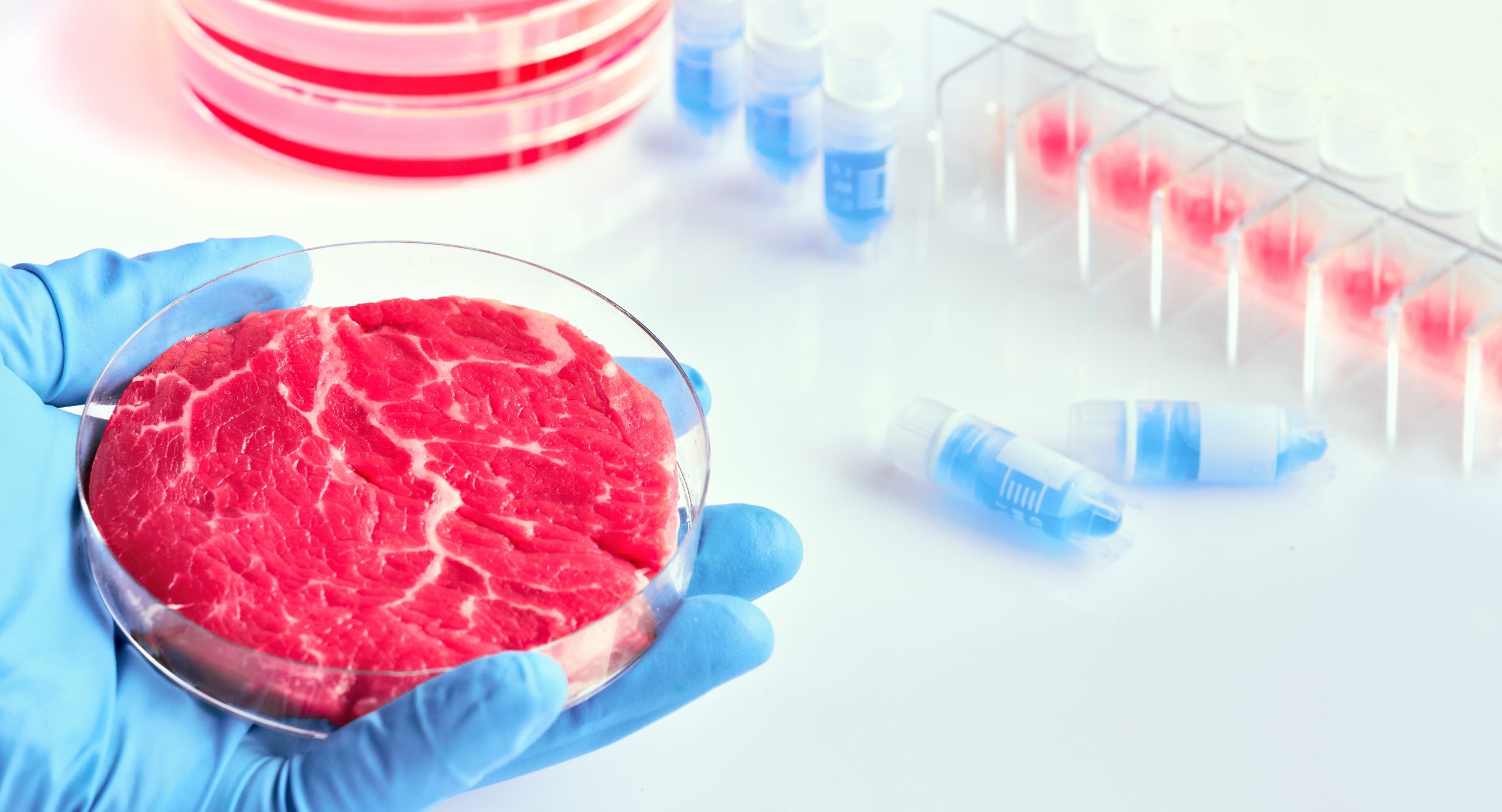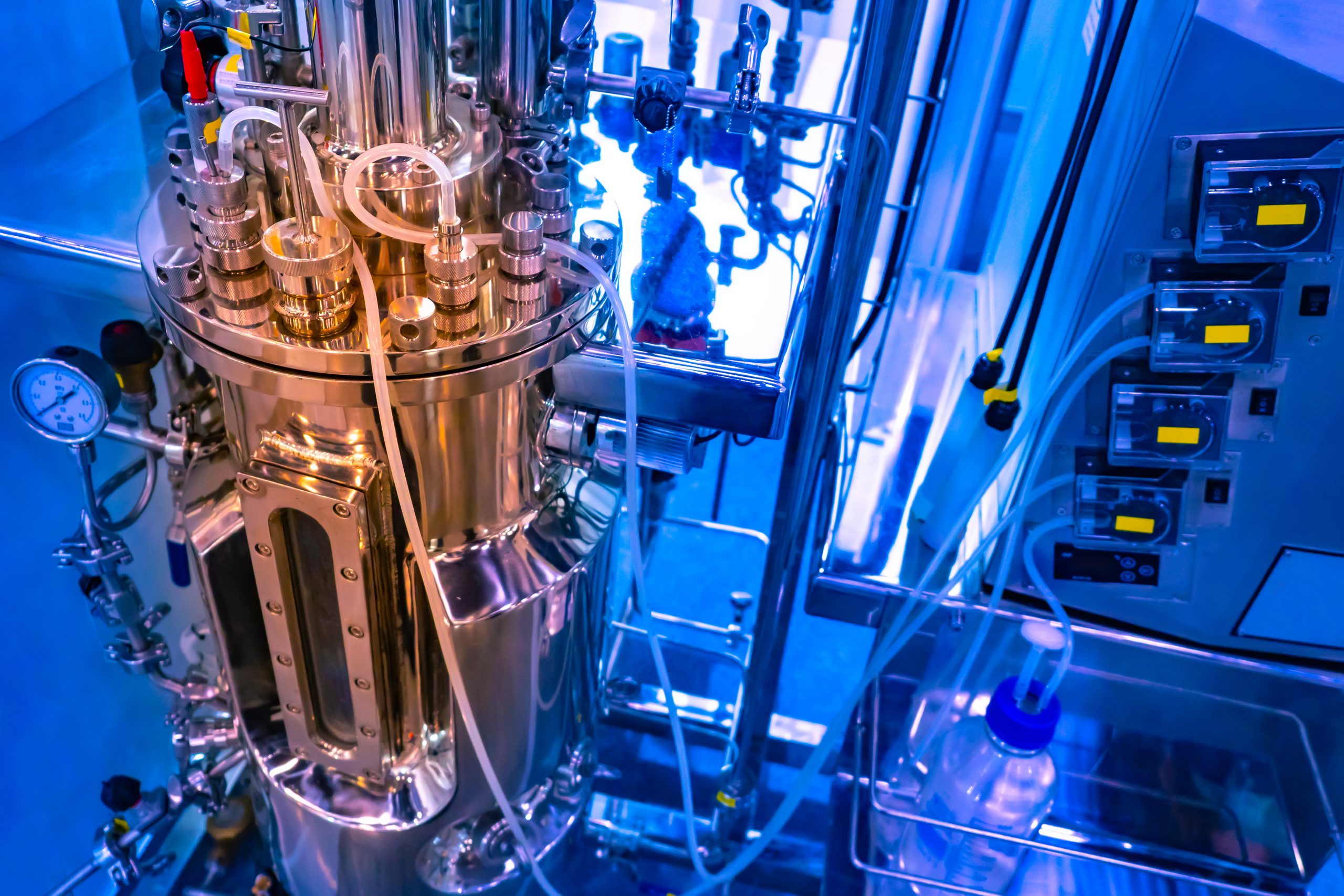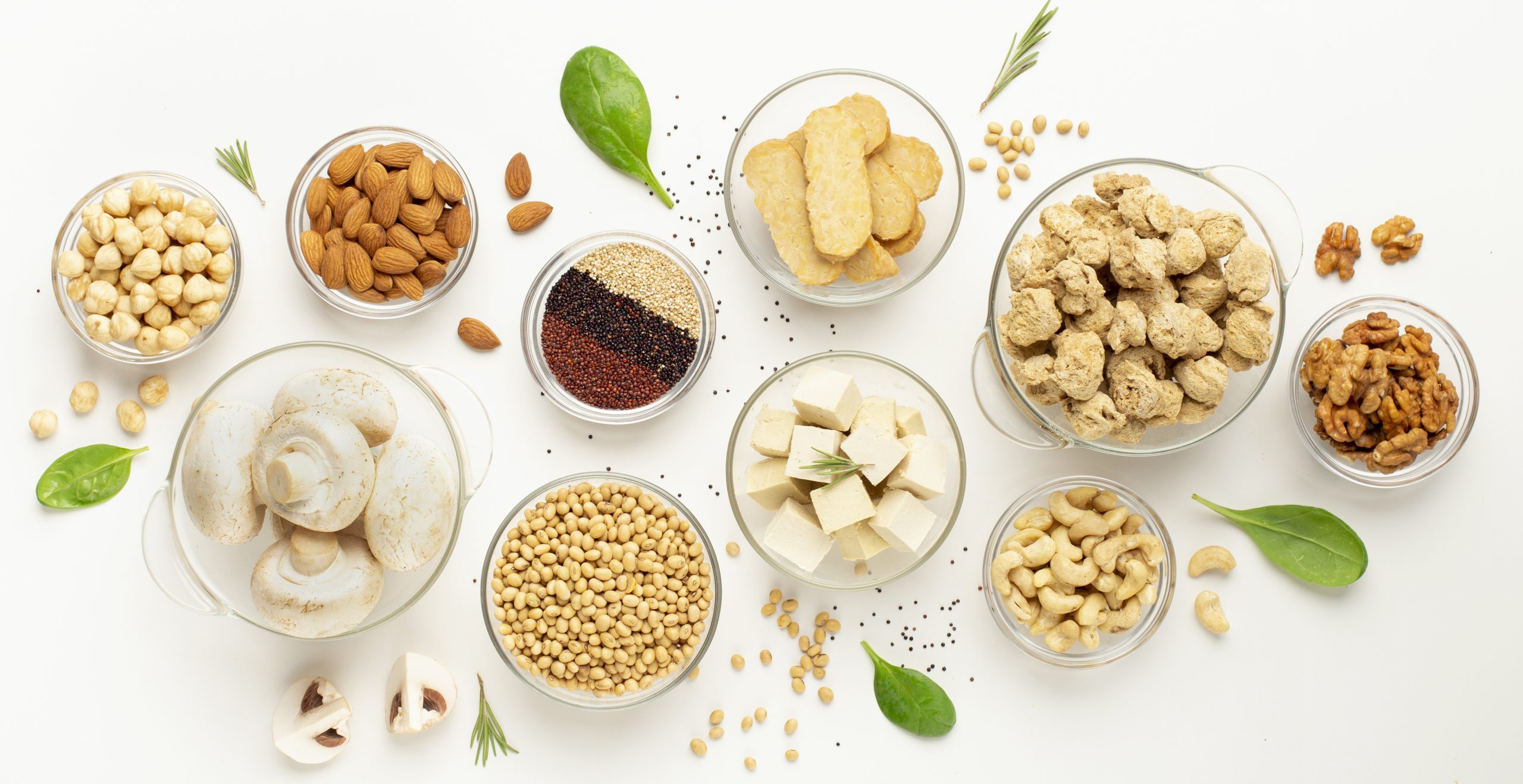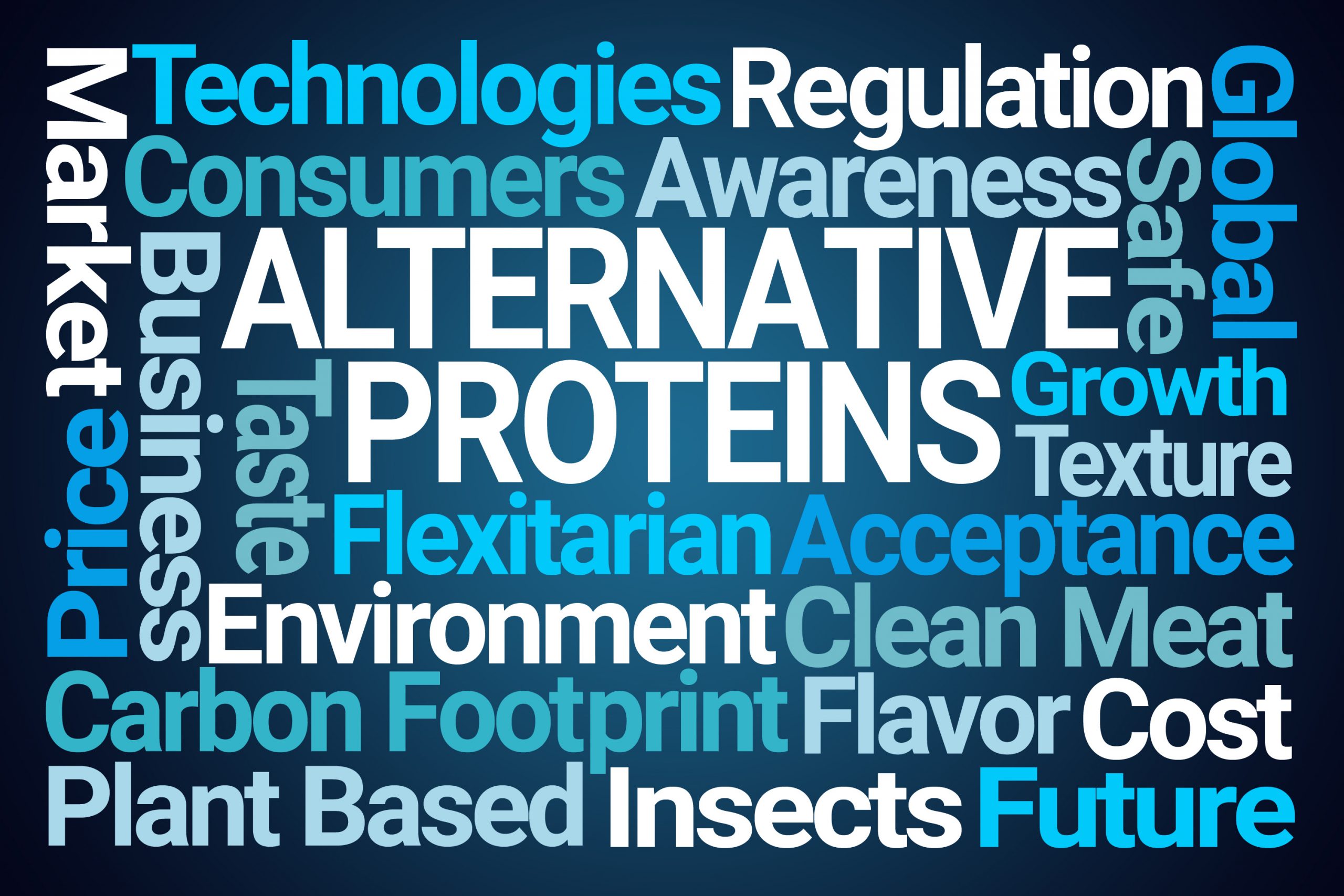Alternative proteins, part 4: Cell-based meat
The next generation in bio-manufactured alternative proteins after fermentation is cultured meat and dairy products including milk. Cultured meat comes from stem cells collected from a living animal using minimally invasive methods. Then, the cells are grown in bioreactors with nutrients coming from a cell culture media and a scaffolding structure. These immature cells ...





